Community Takes Action on Common ‘Indian’ Myna Tamworth
.jpg)
If you’ve spent time around Tamworth’s Peel Street cafés, you’ve probably noticed the cheeky Indian Mynas darting between tables, snatching crumbs, and leaving more than a little mess behind. While they might look harmless, these introduced birds are a serious pest — and local community members are banding together to do something about it.
The Common ‘Indian’ Myna (Acridotheres tristis) is one of Australia’s most invasive bird species. Aggressive and territorial, they take over nesting hollows used by native species like Rosellas and Kookaburras, often killing chicks or driving other birds away. They breed quickly — up to eighteen chicks per pair each year — and can spread diseases and parasites, creating hygiene issues in public places and around homes.
To help tackle this growing problem, Tamworth Regional Landcare Association (TRLA) recently hosted a Feral Pest Control Workshop at Donald Barwick’s property in Loomberah. The event brought together landholders, bird watchers, and pest control enthusiasts to discuss humane and effective feral pest management — with a focus on Indian Mynas.
Penny demonstrated how to use a locally made feral bird trap, explaining best-practice methods for capture and humane disposal. The session also highlighted an exciting community initiative led by Tamworth Birdwatchers Inc, in partnership with Tamworth Regional Council — the development of a feral bird aviary.
This specially built trailer will allow residents to bring in trapped Mynas for professional euthanasia, ensuring humane treatment and consistent management. The project is well underway: the trailer has been purchased, and the Men’s Shed is currently building the aviary structure. Once completed, Tamworth Birdwatchers hope to secure further support for the ongoing costs associated with the day-to-day management of the aviary.
Local feedback from the workshop was overwhelmingly positive, with participants “hungry for more” and eager to help spread the word. As Donald Barwick generously shared his extensive knowledge on feral pest management — from pigs to Indian Mynas — attendees were reminded how powerful community collaboration can be in tackling shared environmental issues.
With TRLA, Tamworth Birdwatchers Inc, Council, the Tamworth Community Men’s Shed and dedicated volunteers working together, Tamworth is taking real, practical steps toward reducing feral bird numbers, supporting native wildlife, and improving the health and cleanliness of our public spaces.
If you’d like to learn more about feral bird control, trapping options, or future workshops, contact TRLA or keep an eye on our upcoming newsletters for updates on the mobile aviary launch.
Photo credit to Tamworth Birdwatchers Inc.

.jpg)
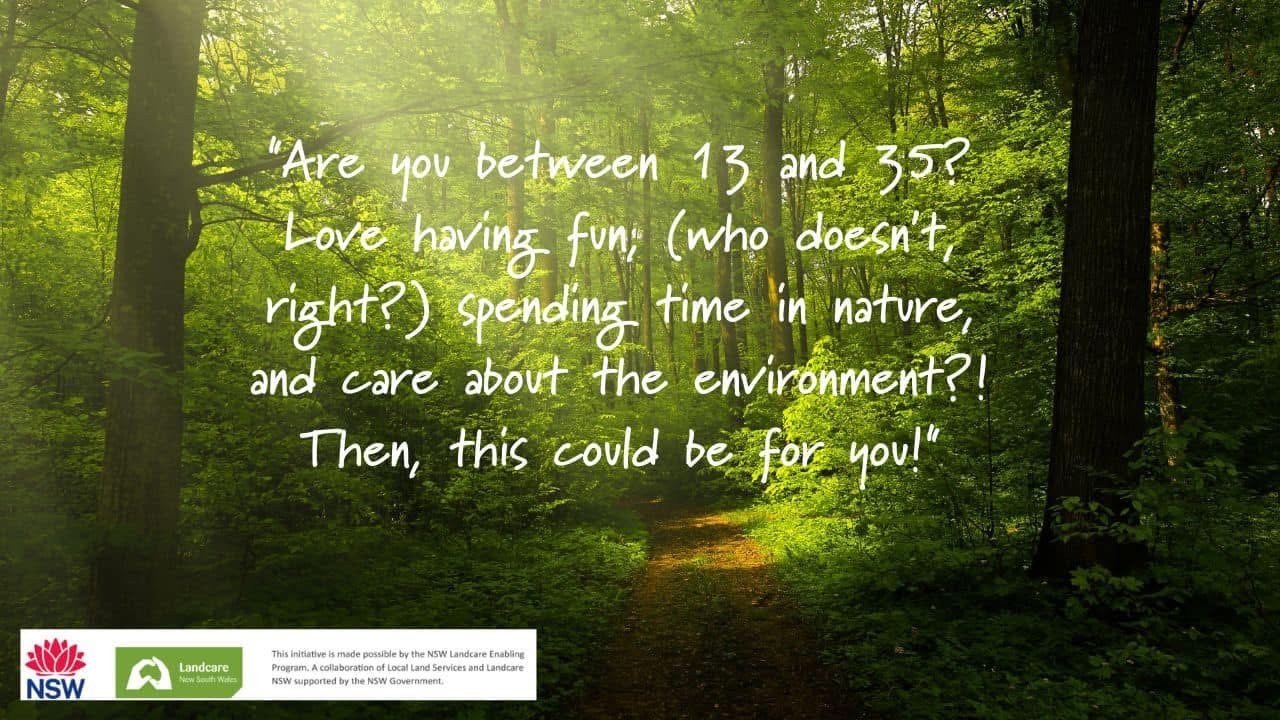
.jpg)
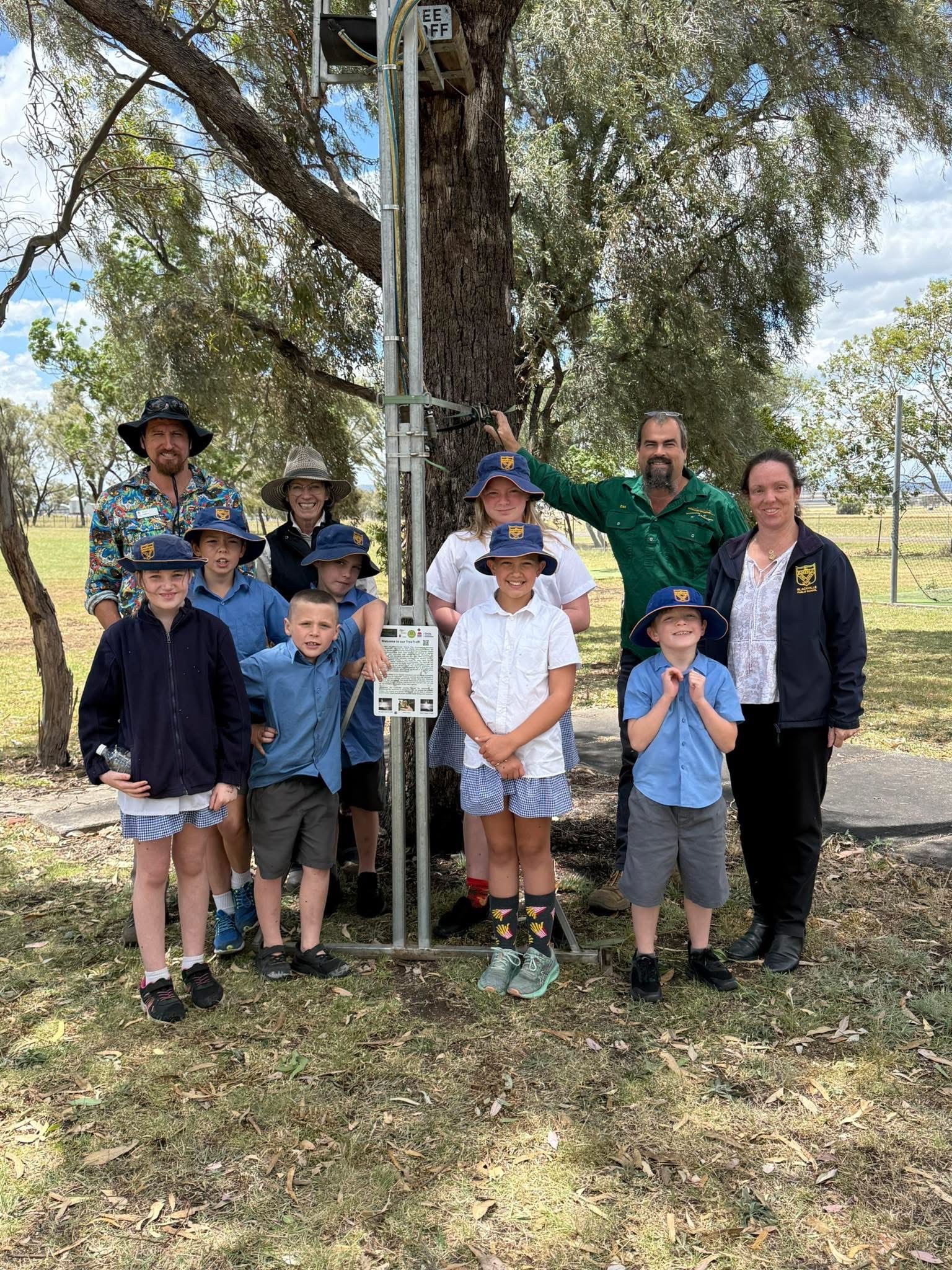
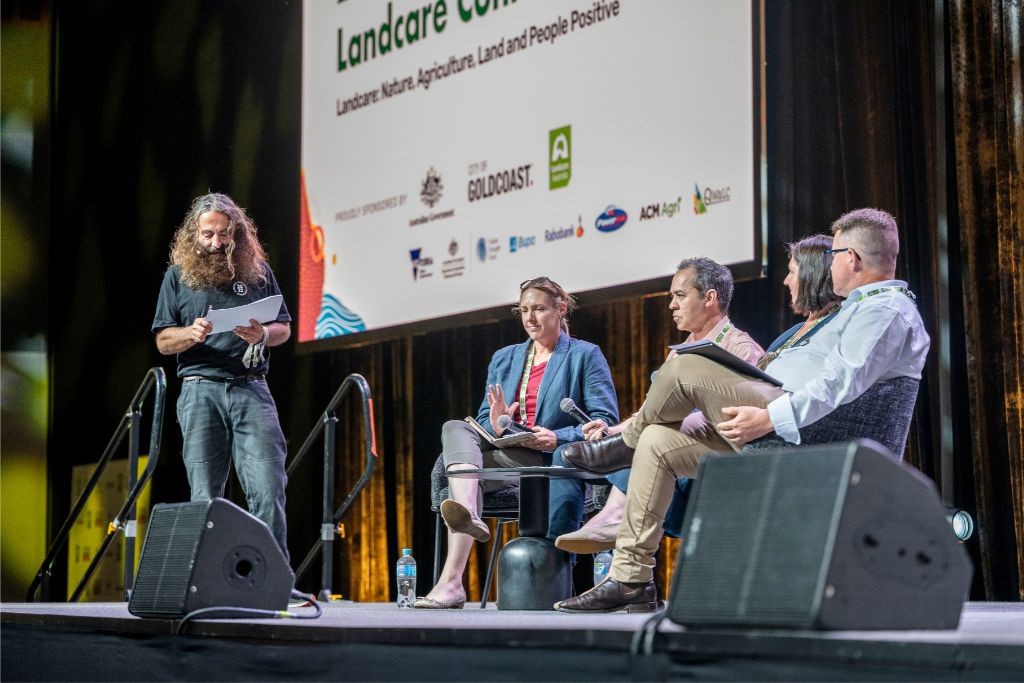

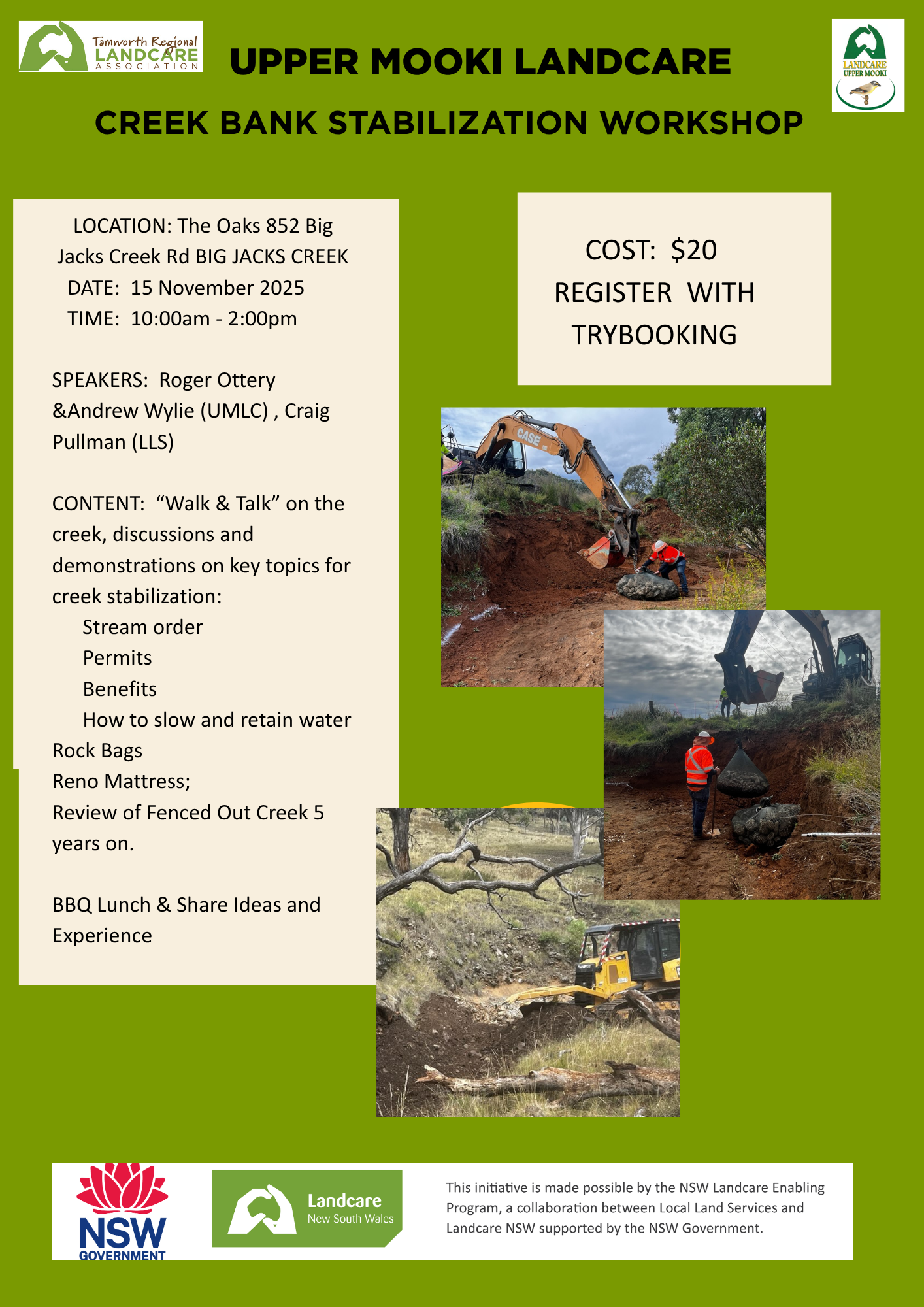
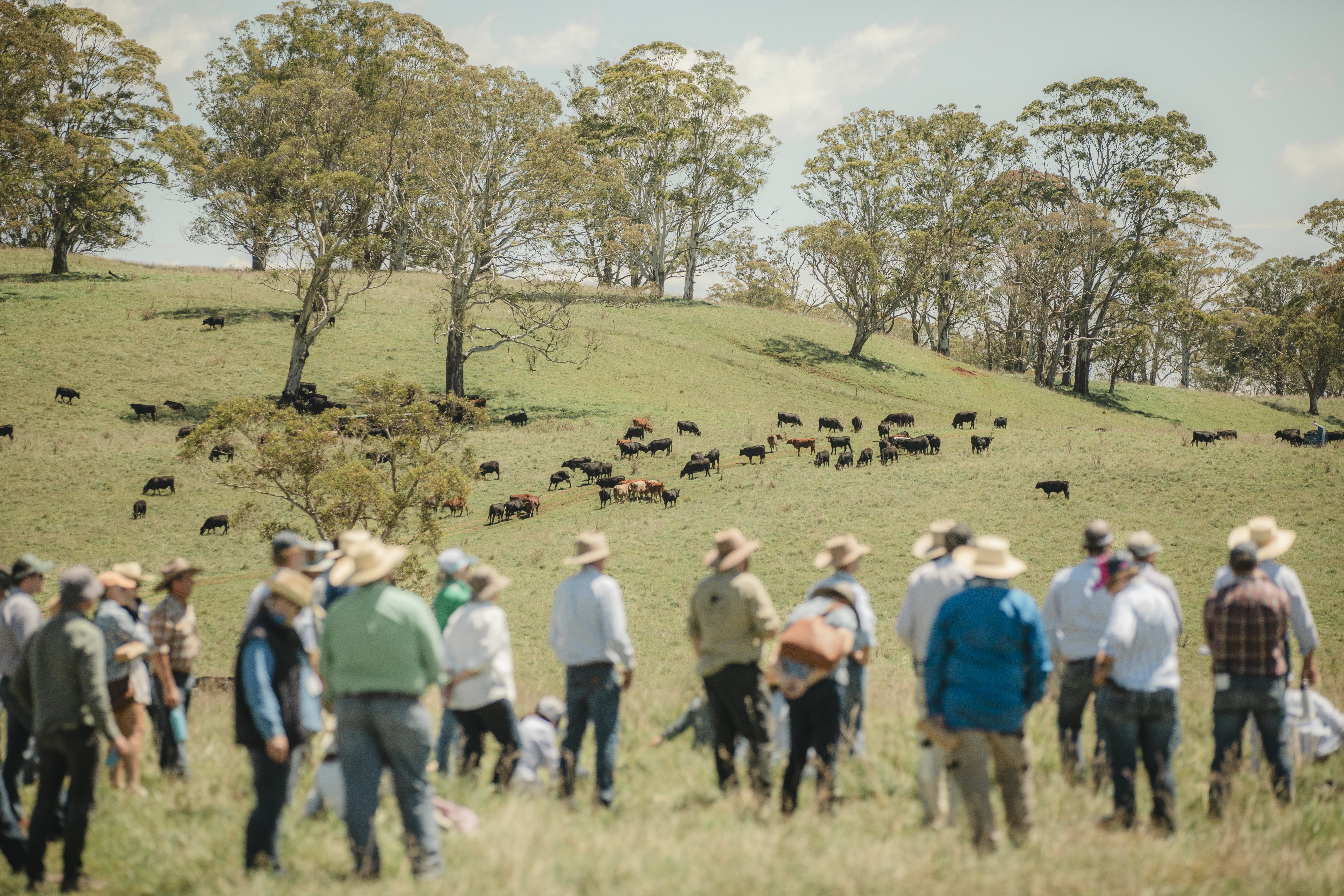

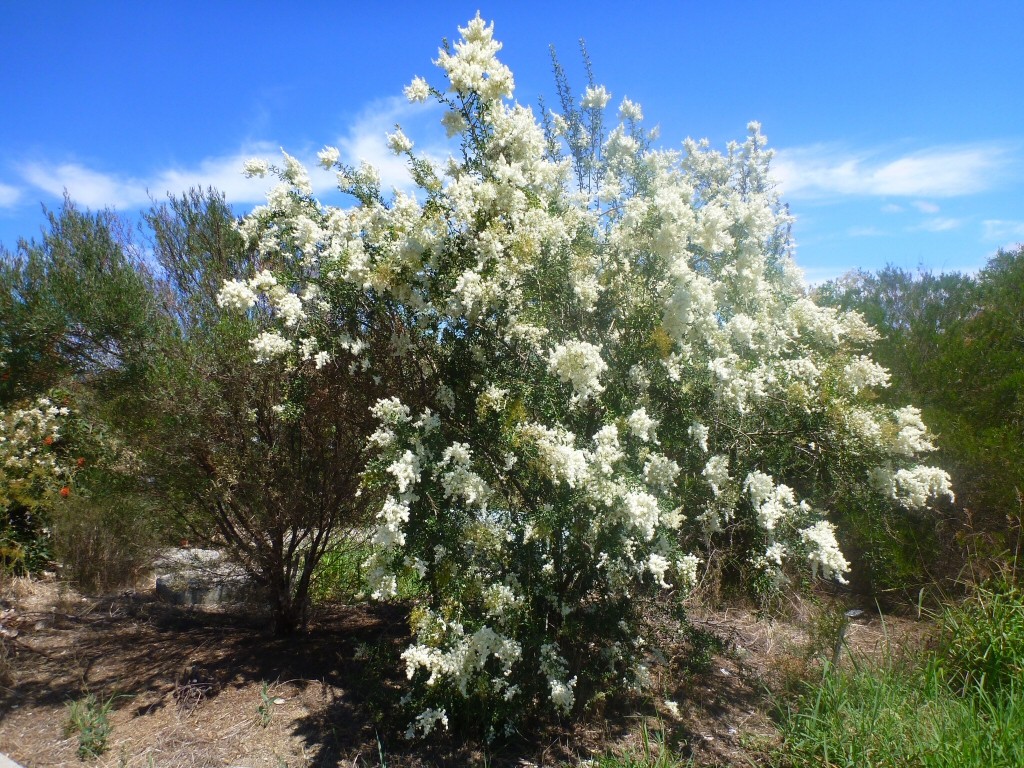
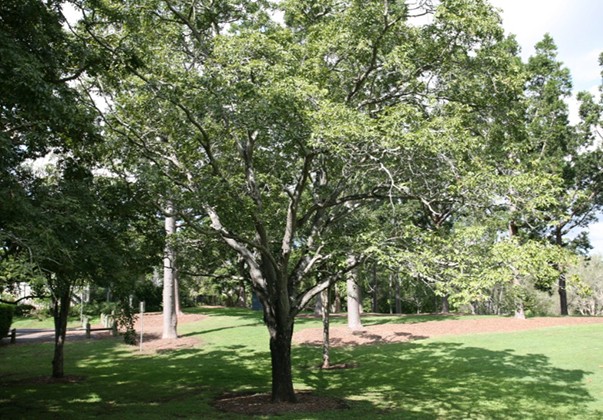
.jpg)

.png)
